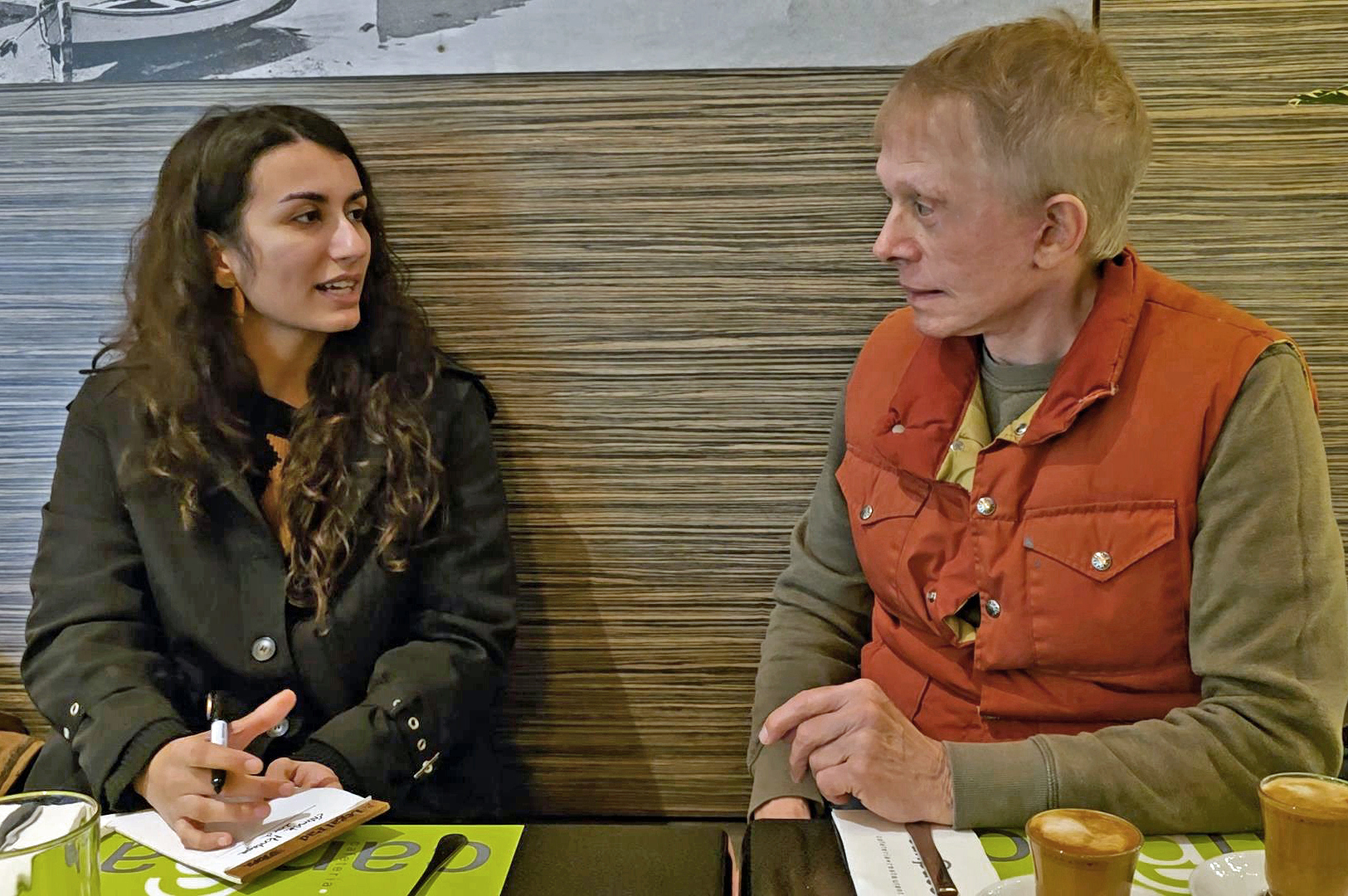
I first heard about Melvin Smith Lord seven years ago. From the very beginning, I realized he was a very charismatic character: of American origin, naturalized as a Filipino, he arrived on the Costa Brava in 1939 to dedicate himself to espionage on behalf of the United States government in the Empordès town of Palamós during the Second World War. The person who told me about him was Montague John Lord, son of Melvin and the Palamós native Carmen Pagès Vilar, while I worked for him during the summer of 2017. Montague, who lives between Palamós and Washington D.C., had allowed me to collaborate with him on an audiovisual project he was preparing for the Asian Development Bank, where he worked as an economic consultant.
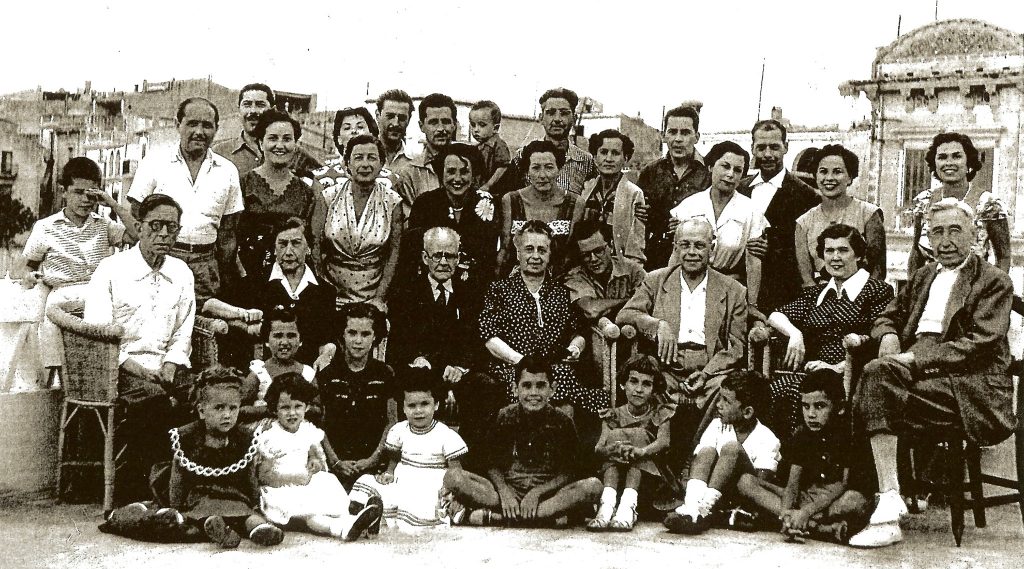
In those months, I helped prepare reports for the Asian Development Bank’s economics department. The conversations I had about Montague’s father occurred during our work breaks. I was about to start a degree in Cultural Communication and was interested in everything related to journalism. The three months of editing reports for the YouTube channel Cross-Border Value Chains under the supervision of Montague Lord allowed me to increase my trust in him to where he offered me another job, this time more personal, planned for the following year: digitizing and organizing the private documentary collections of his family, to create a virtual museum.1 From that moment on, I asked him some personal questions that, initially, remained anecdotal until the following summer, when I finally dealt systematically with the Lord-Pagès family collection.
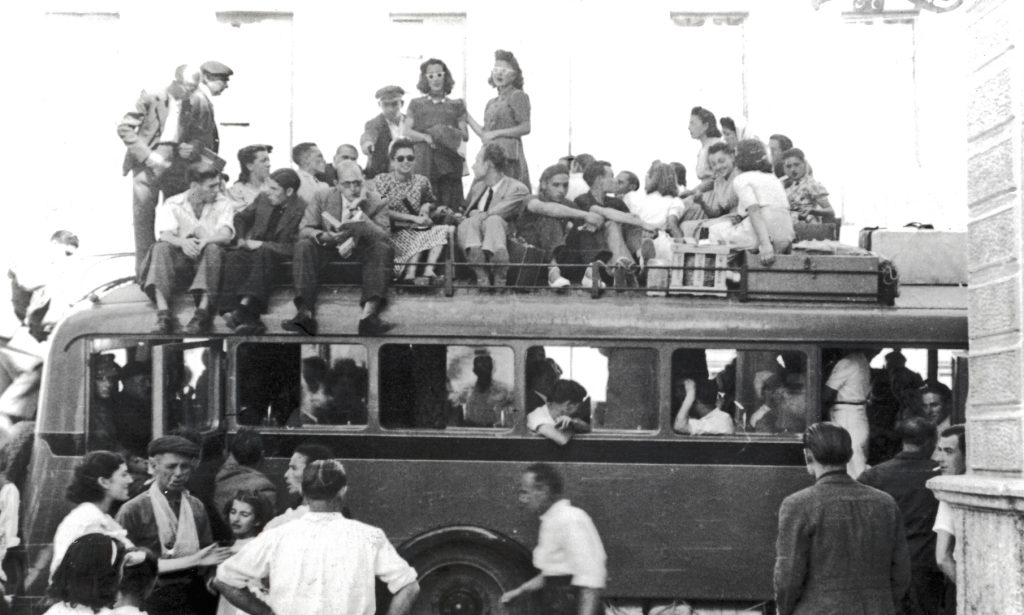
As a Palamosense, I already knew about Montague’s mother, the Pagès family being well-off and well-known in the town. However, I was completely unaware of the story of his father, Melvin, nicknamed “Mel”. Montague told me that Mel had worked as a spy for the United States Central Intelligence Agency (CIA) and, before that, for the Office of Strategic Services (OSS), an organization unknown to me until then.
There were letters, recipes, postcards, and personal diaries of Carmen Pagès Vilar and, to a lesser extent, of other relatives such as her father, Pelayo Pagès Belleville, Melvin Lord, and his father, Montague Lord. Carmen’s private diaries revealed the effects of the Spanish Civil War on Palamós and how it impacted a well-off family such as hers. Likewise, her deep and sensitive writing told of very intimate details, such as the importance of meeting the man who would become her husband, his attributes, and the feelings she developed for him. Carmen’s correspondence allowed us to trace her friendships and personal ties from her childhood in the 1920s to her old age in the 1980s, including her youth, during which Melvin became a constantly referenced figure. Carmen and Melvin were people with many friends in different parts of Catalonia and other countries, at a time when international relations were, to a certain extent, exceptional. Some countries in which they corresponded were France, Switzerland, the Philippines, Morocco, and the United States.
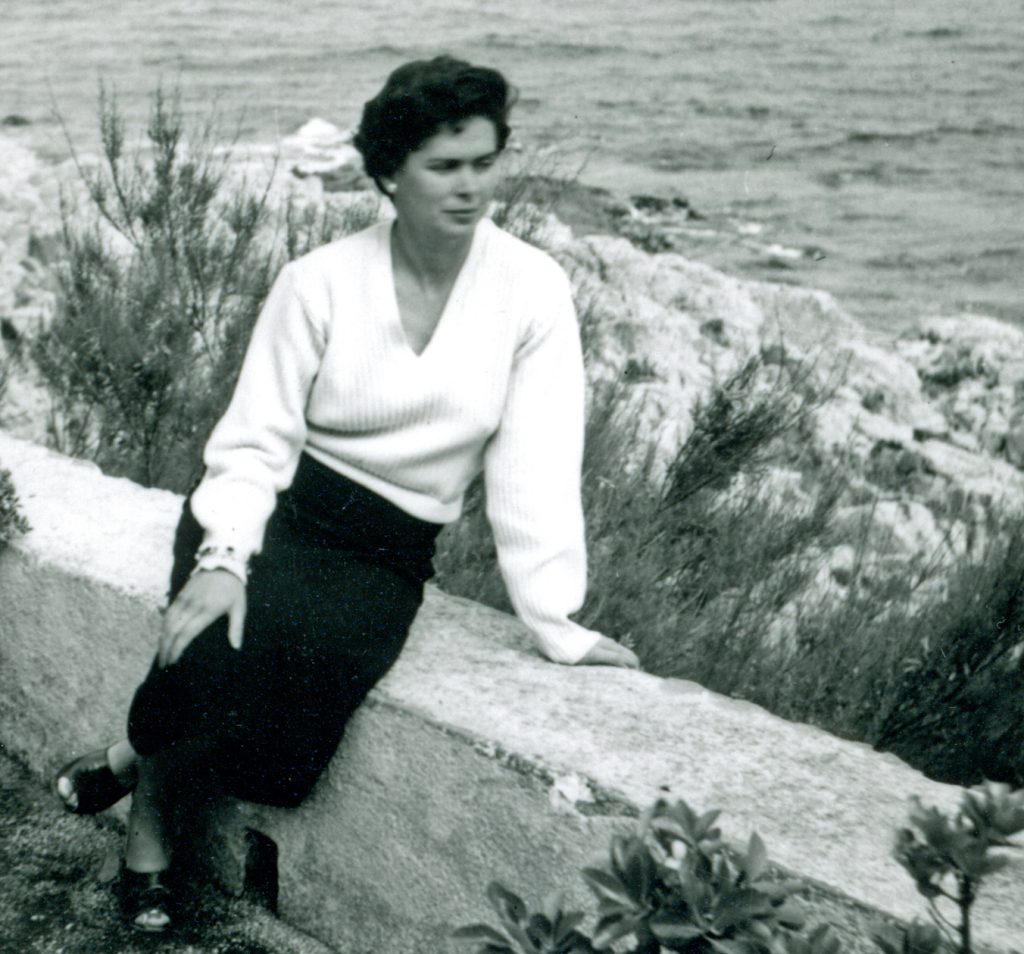
It was impossible to analyze the large volume of documents collected from the late 19th century to the 1990s during the summer I worked for Montague.2 As it was essential for the virtual museum of the Lord-Pagès family to have images, I digitized and edited the family photographs so they would be available for publication. They featured well-known figures in Catalan culture and politics, such as Josep Pla and Salvador Dalí, and this led me to wonder what kind of relationship they must have had with Melvin and Carmen. Montague wrote material for the new website based on the documents and transcripts I had been digitalizing, and he complemented them with his family memories. Those files he did not have time to deal with were put away again until I presented him with the idea of developing the present study about his father.
In the five years between completing the work for Montague and deciding to dedicate myself to Melvin Lord in my master’s thesis, I had thought about Melvin frequently. During university readings and classes on the Second World War, doubts arose: Where was Melvin? What was his role in the conflict? Why did he move to Palamós? I had begun an internship at the old industrial complex of the cork company Armstrong Cork Company in Palafrugell as a museum guide. I remembered Melvin had worked there as an engineer during the 1940s.3 These doubts, which I occasionally shared with Montague, with whom I always kept in touch, were the first impulse that motivated the present investigation.
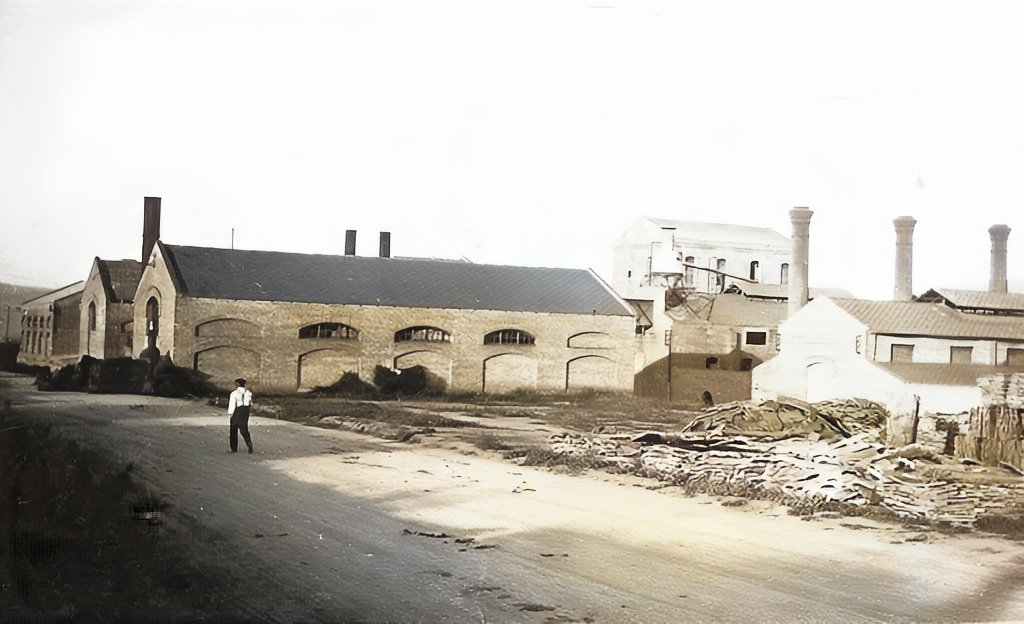
Initially, my project intended to explain how the US intelligence service operated in Spain during the Second World War through the story of Melvin Lord as a case study. After recovering the documents that had not been analyzed, more letters and files came to light, mainly from Carmen Pagès Vilar. Melvin wrote no letters and spoke little of his activity as an OSS agent. However, while analyzing the documentation at my disposal, I realized that the letters from Carmen Pagès that I was examining also had a particular historical relevance: through them, one could learn about the personal relationships that Melvin Lord had had and, perhaps, deduce who had been part of his clandestine network. This was possible since Carmen described their social gatherings and she often reflected on her friends. Likewise, that correspondence was an important source of information for gleaning where Melvin was during the years of the war, as the dates, locations, and descriptions by Carmen of her daily life alongside Mel were, once again, very detailed. Finally, these documents were central to understanding an American intelligence agent’s daily life in interwar Europe.
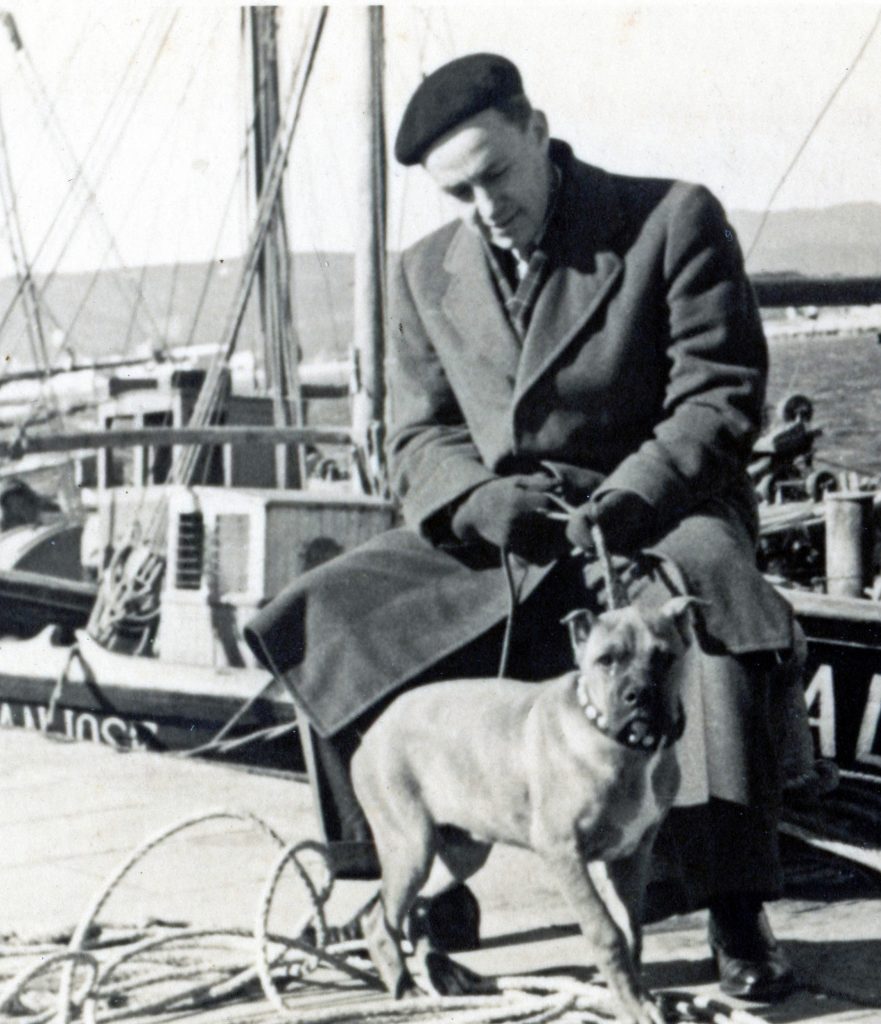
Besides the letters mentioned above, I relied on the oral testimony of Montague Lord. This testimony is significant, given that Montague knows some of his father’s actions within the OSS and his rank and links with persons from Catalonia and Spain’s intellectual, economic, and military elites. In short, to outline the history of Melvin Lord, the role he played as an OSS intelligence agent, and his daily life on the Costa Brava, I have been able to rely on two primary sources: the personal archives of the Lord-Pagès family and extensive interviews with Montague Lord.
The main objective of this study is to describe the role of the Office of Strategic Services in the Costa Brava during the Second World War from the point of view of one of its undercover agents, Melvin Lord. As it turns out, Melvin was one of the most important spies in the region, and his actions, along with those of his colleagues, contributed to the favorable outcome of World War II for the Allies. The present study is structured in three chapters, which allow the case study, Melvin’s life, to be related to the OSS missions assigned to him.
The first chapter contextualizes, historically, the OSS’s creation, development, and operations based on existing academic literature. The second describes the OSS’s actions in Spain during World War II. The third and final chapter is dedicated to constructing the biography of Melvin S. Lord in the context of OSS operations in general and in the Costa Brava.
- The virtual museum of the Lord-Pagès family, still in its development phase, can be consulted at the following link: https://es.lordpages.com/ for the Spanish version and https://lordpages.com/ for the English version. ↩︎
- From this period, university registrations and letters from Pelayo Pagés Belleville, grandfather of Montague Lord and father of Carmen Pagès, who came from a well-positioned family economically and socially and settled between Palamós and Barcelona, were collected. ↩︎
- Currently, in the former industrial complex of the Armstrong Cork Company, there are two museums: the Museu del Suro de Catalunya, publicly owned and dedicated to the history of cork in l’Empordà, and the Can Mario Museum of contemporary sculpture, privately owned and belonging to the Fundació Vila Casas. ↩︎